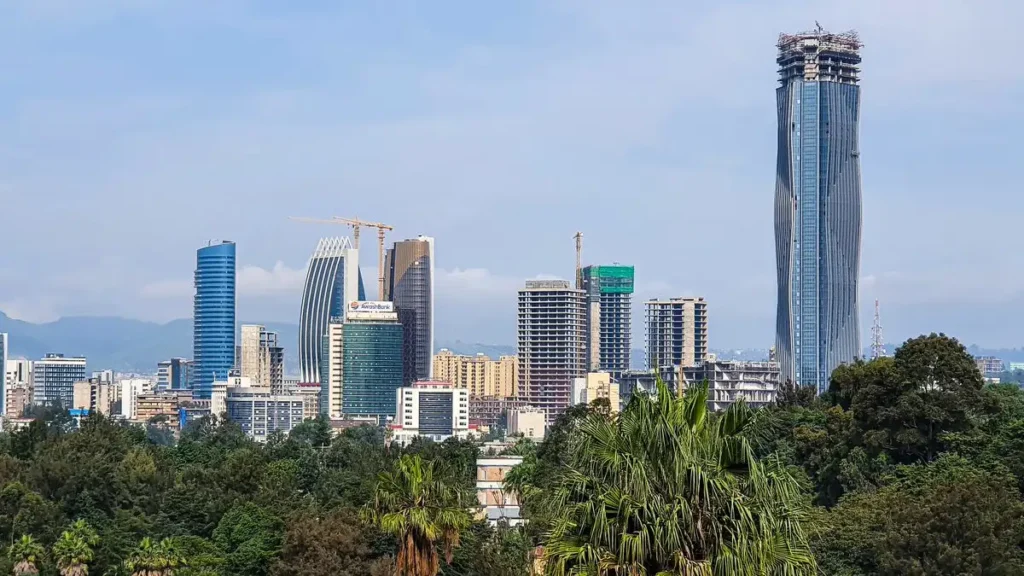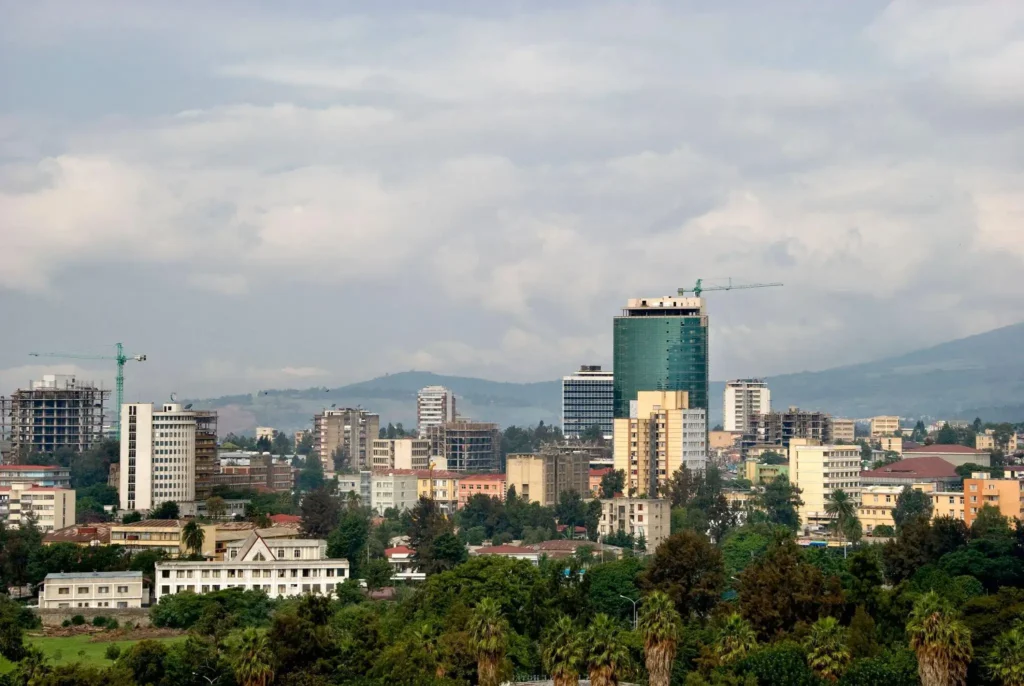As the world grapples with the urgent need for sustainable solutions, the vertical transportation industry is rising to the challenge by integrating eco-friendly materials and energy-efficient systems into elevator and escalator designs. These innovations are not only reducing the environmental impact of buildings but also playing a vital role in the global shift towards greener urban development. In this blog, we’ll explore how these advancements are shaping the future of vertical transportation, with a special focus on the Ethiopian context.
The Rise of Sustainable Design in Vertical Transportation
Sustainability is becoming a cornerstone in the design and development of elevators and escalators. This shift is driven by the growing awareness of the environmental impact associated with construction and the operation of buildings. As urban centers expand, the demand for vertical transportation increases, making it crucial for the industry to adopt sustainable practices.
Key areas of focus in sustainable elevator and escalator design include:
- Eco-Friendly Materials: The use of recycled and low-impact materials in the construction of elevator cabins, escalator steps, and related components.
- Energy-Efficient Systems: The development of systems that consume less energy, such as regenerative drives that capture and reuse energy, LED lighting, and efficient motor technology.
- Integration with Green Buildings: Elevators and escalators are increasingly being designed to complement green building certifications such as LEED, promoting overall energy efficiency and sustainability in new constructions.
Sustainability and the Ethiopian Context
Ethiopia is undergoing rapid urbanization, with cities like Addis Ababa leading the way in construction and infrastructure development. As the country seeks to balance growth with environmental responsibility, sustainable practices in the construction industry are becoming more prevalent. The incorporation of sustainable elevator and escalator systems is a key component of this trend.
In Ethiopia, the move towards sustainable urban development is not only about reducing environmental impact but also about ensuring long-term economic benefits. Energy-efficient buildings reduce operational costs and lessen the country’s reliance on non-renewable energy sources. As a result, there is an increasing demand for vertical transportation solutions that align with these sustainability goals.
IntelMotion, in collaboration with Kleemann, is at the forefront of this movement, providing innovative and sustainable vertical transportation solutions across Ethiopia. By integrating energy-efficient systems and eco-friendly materials into our designs, we are helping to create a more sustainable future for Ethiopia’s cities.
Eco-Friendly Materials in Elevator and Escalator Design
The materials used in elevator and escalator construction play a significant role in their overall environmental impact. Modern designs prioritize the use of:
- Recycled Metals: Many elevator cabins and escalator components are now made from recycled steel and aluminum, significantly reducing the carbon footprint associated with their production.
- Low-Impact Plastics: Advanced plastics, made from bio-based or recycled sources, are being used for various parts of elevators and escalators, reducing reliance on petroleum-based products.
- Sustainable Wood: In some designs, sustainably sourced wood is used for interior finishes, providing a natural aesthetic while supporting responsible forestry practices.
These materials not only contribute to a reduced environmental impact during production but also improve the lifecycle sustainability of elevators and escalators by ensuring they are durable and long-lasting.
Energy-Efficient Systems and Their Impact
One of the most significant advancements in sustainable vertical transportation is the development of energy-efficient systems. These innovations are crucial in reducing the operational energy consumption of elevators and escalators, which can be substantial, especially in high-rise buildings.
Regenerative Drives: One of the most notable advancements is the use of regenerative drives in elevators. These systems capture and reuse energy that would otherwise be lost during operation, reducing overall energy consumption by up to 30%.
LED Lighting: The transition to LED lighting in elevator cabins and escalator areas has drastically reduced energy use, as LEDs are far more efficient and have a longer lifespan than traditional lighting.
Efficient Motors: Modern elevators are equipped with highly efficient motors that use less energy while providing the same, if not better, performance. These motors also generate less heat, which reduces the cooling load on the building’s HVAC system.
In Ethiopia, the implementation of these energy-efficient systems is particularly impactful. With rising energy costs and a growing emphasis on sustainability, buildings that incorporate these technologies are better positioned to meet future energy challenges and contribute to the country’s environmental goals.
Green Building Integration
Sustainable elevator and escalator systems are not just standalone innovations—they are an integral part of green building design. Green buildings aim to reduce overall energy consumption, minimize waste, and create healthier indoor environments. Elevators and escalators play a crucial role in achieving these objectives.
In Ethiopia, the integration of sustainable vertical transportation systems into green building projects is becoming more common. Developers and architects are increasingly looking for solutions that can help their projects achieve certifications like LEED or EDGE, which recognize buildings for their environmental performance.
IntelMotion is proud to contribute to these green building efforts by offering vertical transportation solutions that are designed with sustainability in mind. Our products are not only energy-efficient but also engineered to seamlessly integrate with other sustainable building technologies, such as solar power and smart building management systems.
Conclusion
Sustainability in elevator and escalator design is more than a trend—it’s a necessity for the future of urban development. By embracing eco-friendly materials, energy-efficient systems, and green building integration, the vertical transportation industry is paving the way for a more sustainable and responsible future.
In Ethiopia, where urbanization is rapidly accelerating, the adoption of these sustainable practices is crucial. IntelMotion, alongside our partners, is committed to leading this charge, ensuring that our cities grow in harmony with the environment.
If you’re interested in learning more about how IntelMotion can help make your building more sustainable, or if you want to discuss potential projects, please don’t hesitate to contact us.



